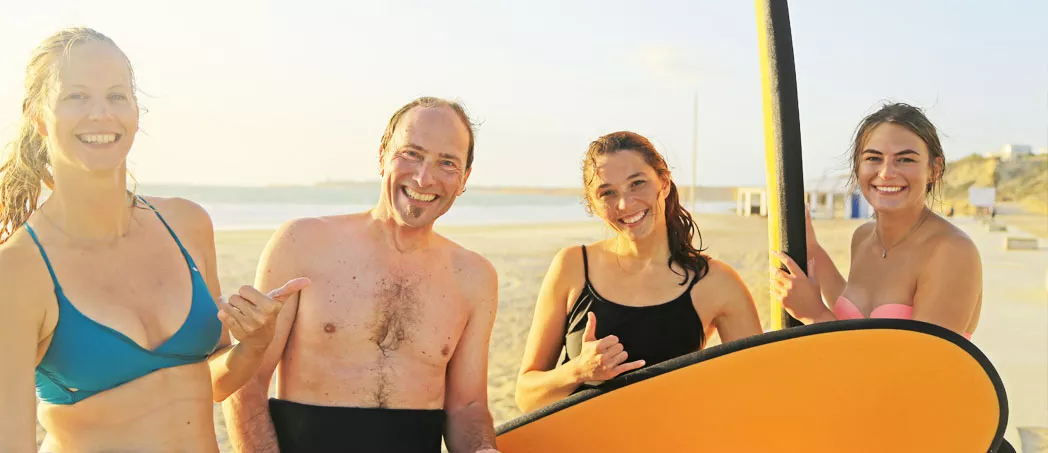


Conil was, according to archeological evidence, first occupied by the Phoenicians between 1200 and 1050 BC and who, initially attracted by the rich fishing grounds, established a flourishing fishing industry including that of tuna that has lasted until today. Today it is called the Almadraba(6) (the Arabic word for the catching of migrating tuna fish, or literally the “place for hitting” as the tuna were caught and bludgeoned to death – the normal practice until the 20th century – see also the enlarged extract from Hoefnagel´s engraving later in the text). It would seem that the Costa de la Luz was then dotted with settlements dedicated to fishing and fish conservation – see below:
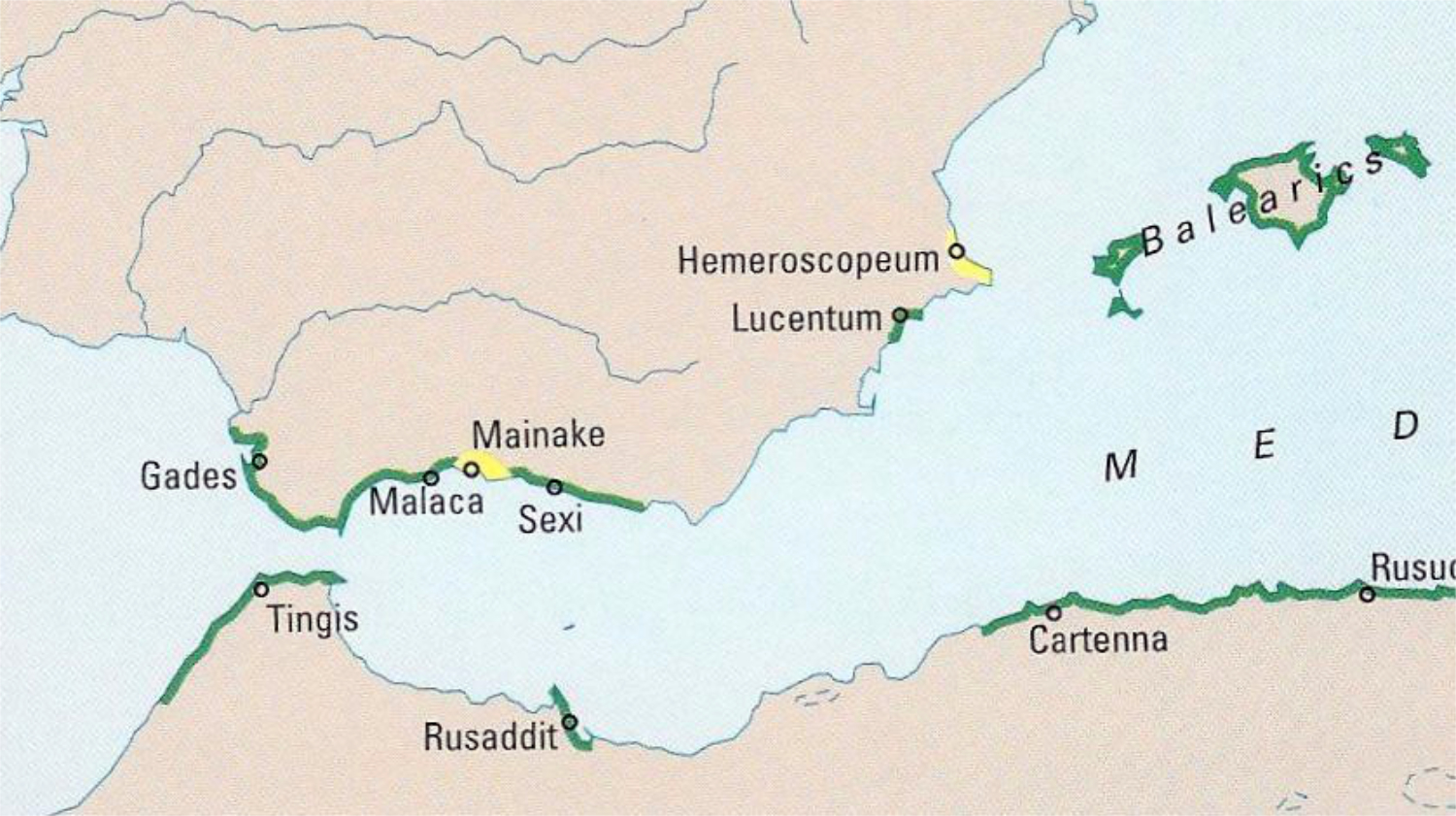
A Phoenician necropolis has been discovered at the Casa de Postas where a coin (now in the Cádiz museum) was found - see below:
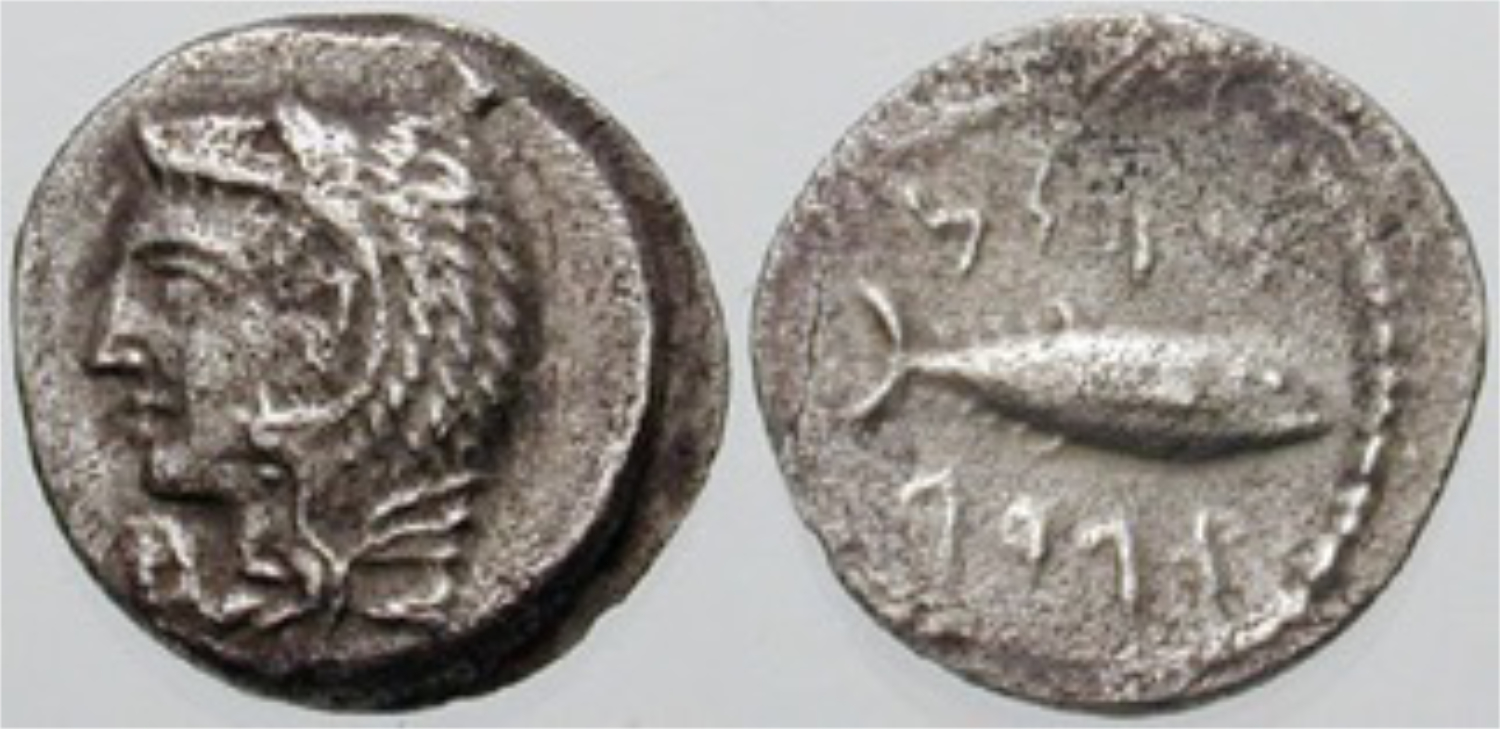
Early trading gave way to colonisation around the coastline of the Mediterranean by the Phoenicians, then by the Carthaginians and then by the Romans each following a similar pattern of expansion. Pressure on land and resources, or political repression at home, coupled with the attraction of new lands up for grabs, more liberty (and power as the new landowning class), mineral resources and slaves, all drew colonists to Spain and other Mediterranean territories. The indigenous peoples were invariably enslaved so there was no real initial desire for trade with these peoples but rather the invasion and exploitation of land and resources.
The city of Cádiz, itself, is 3000 years old and reputedly the oldest city in Europe. A visit to the Casa del Obispo (the “Bisho's House”) in Cádiz shows a fascinating and intriguing journey through time as a the visitor descends through the deeper layers of successive habitations from modern times through the medieval era to the Romans, to the Carthaginians, and down to the Phoenician period. Cádiz was about the limit of exploration and colonization in the classical world as the Atlantic Ocean (beyond the Pillars of Hercules) posed a much bigger challenge than the Mediterranean with its relatively easier point to point navigation, minimal tides and currents, and regular land and sea breezes. A model of a typical Phoenician ship can be viewed in the La Chanca Cultural Centre museum – see below:
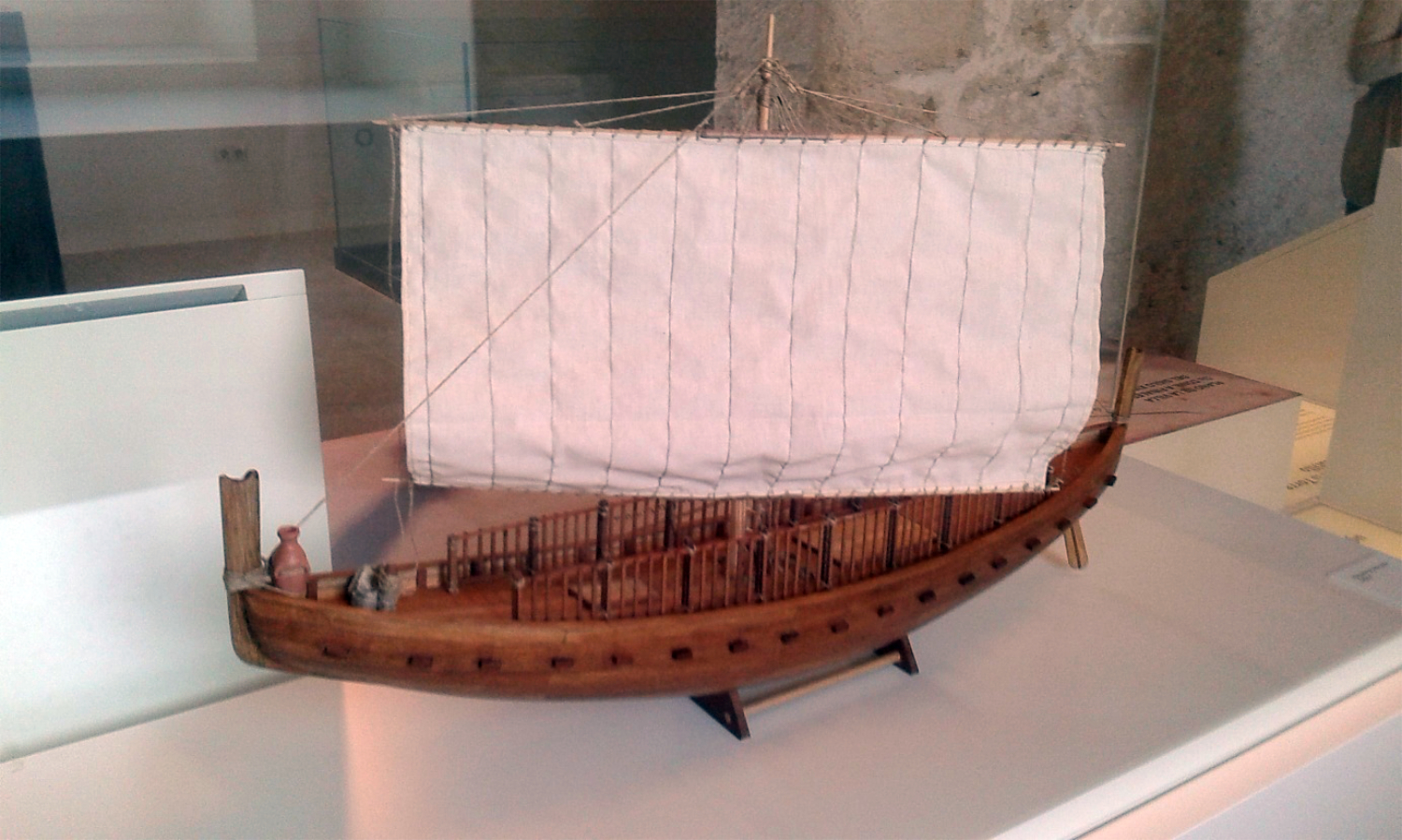
It was left for the later Vikings to traverse the hostile seas of the Atlantic Ocean and raid the wealth of the Mediterranean and elsewhere. The Vikings ravaged the Cádiz coast in the 9th century AD, pillaging both Seville and Medina Sidonia. However, there is tangible evidence that the some Phoenicians sailed to the British Isles to acquire tin (essential for the manufacture of bronze) from Cornwall.
With the decline of the Phoenician Empire, the Carthaginians from North Africa took over the towns of the Cádiz coastal towns as their own colonies and thus continued the valuable fishing activities as well as the conservation of the fish. These enclaves were described by Avienus (the Roman chronicler) who wrote that beyond the Pillars of Hercules (the Straits of Gibraltar) the Carthaginians “possessed a number of towns and cities”. Some of these we now know as Carteia (close to Algeciras), Mallaria (close to Tarifa), Bailon (Bolonia) and Baisippo (Barbate) which were bases for fishing, agriculture and the search for minerals. The migratory routes of the tuna show why Conil was, and is, located in a strategic position for the almadraba – see below:
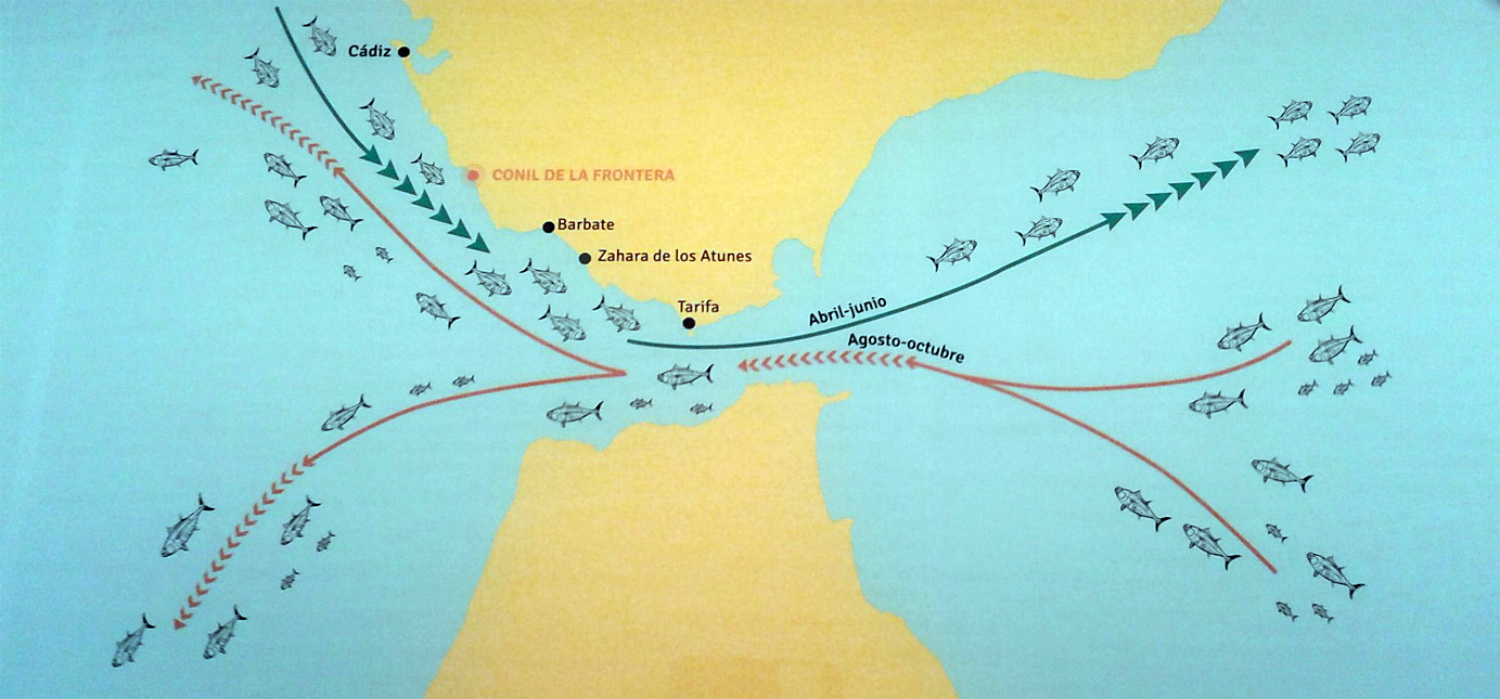
Note:
(6) The tuna fishing or “Almadraba”, which is Moorish in origin, means “place for hitting” as the fish were dragged ashore in nets and clubbed to death – a close look at Hoefnagel´s engraving shown later clearly shows this in action - see Part Three